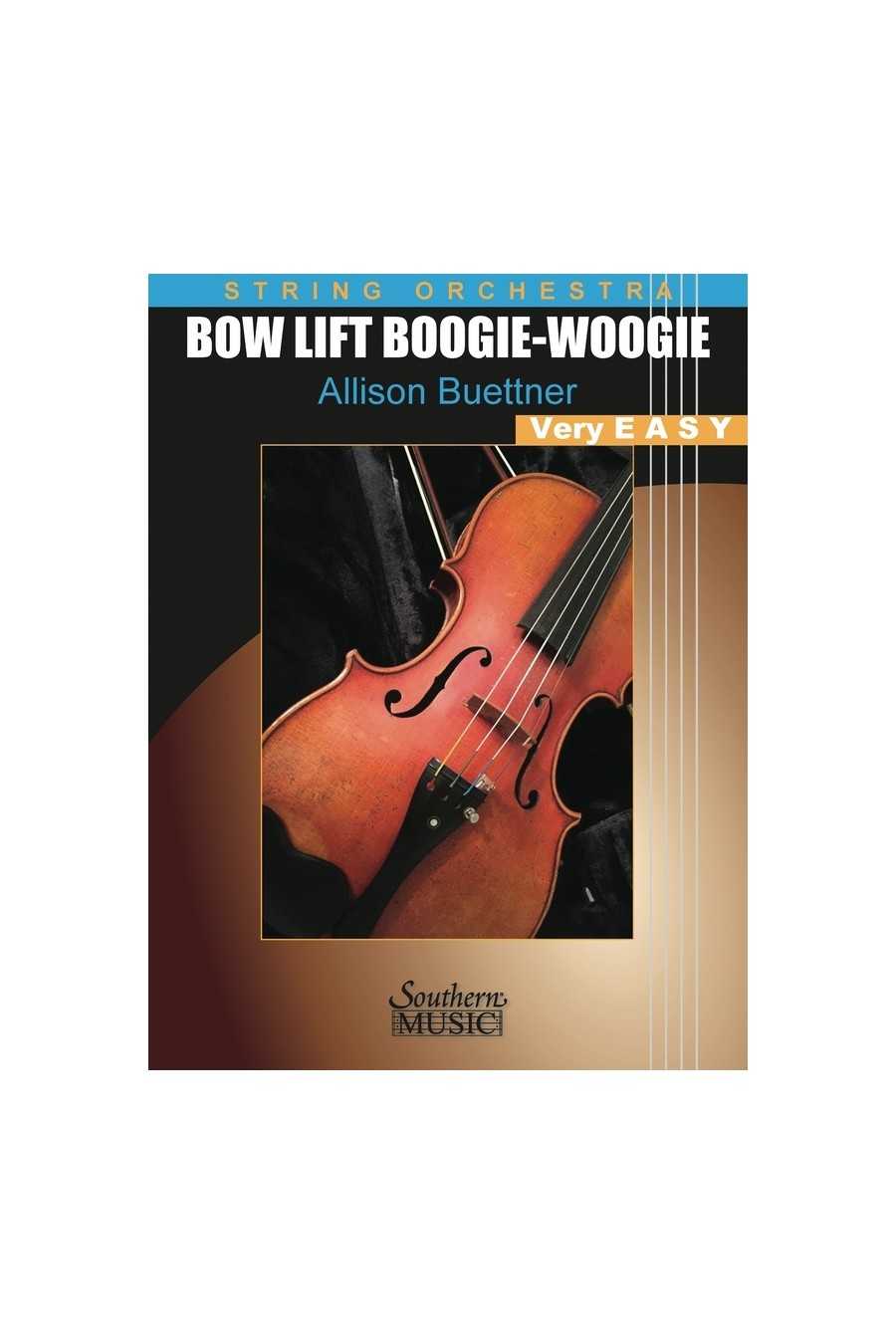

A fun work for beginners on the G, D and A strings with easy crotchet and quaver rhythms. Everyone gets the melody at some point, which features bow lifts during rests. First violins are independent, second violins double violas, and cellos and basses are doubled in octaves. Swinging the eighths is optional.